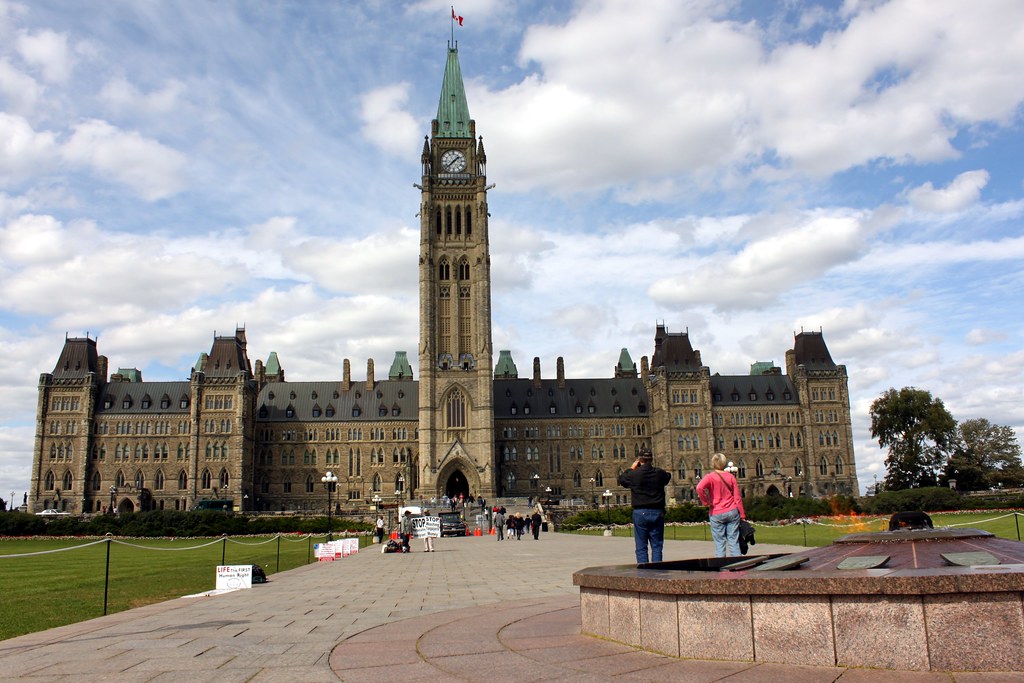When election time rolls around in Canada (which seems to be frequent and
unpredictable), the first-past-the-post system inevitably seems to receive criticism on
a number of fronts.
There’s a resurgence of cries to abandon the system and change it to one that yields
results reflecting the votes being cast.
The result of these complaints? It’s time for a shift to proportional representation in
Canada.
But will this fix be all that is promised?
There is certainly a case to be made for shaking up the system. In the last two Federal
Elections (2019 and 2021), the resulting governing party lost the popular vote. A
minority government has left a majority of Canadians declaring the opposition as their
preferred party. Given this predicament, it’s no wonder a large number of Canadians
are unsatisfied.
The first-past-the-post system allows the party with the plurality of seats in the House
of Commons to be the governing party. This means the governing party doesn’t need
to have half the seats, they just need more than anyone else.
Without the first-past-the-post system, party dynamics would certainly be different.
Perhaps, another reason for the disdain of this electoral system is how it enables
certain party dynamics colouring Canada’s federal-politics scene. For example, in
most countries it would seem unthinkable that the third-largest party be led by a man
who has no interest in becoming the Prime Minister.
We have seen in recent elections the Bloc Quebecois receiving less than 10% of the vote
share while the NDP receives closer to 20%. Despite the number of total votes cast for
this party, the Bloc has consistently retained a much higher seat count than the more
popular NDP. This is of course made possible by our first-past-the-post system.
Proportional representation, on the other hand, would allocate seats in The House of
Commons proportionally to the total number of ballots cast for a party.
However, this also comes with its difficulties.
Most notably, it would essentially remove the local aspect from Canadian federal
politics to which we’ve all grown accustomed. Canadians would no longer be voting for
their local representative to be sent to the House.
Instead, they’d be voting for the party that would inevitably choose which members
end up occupying seats.
This, of course, is a problem.
Likely, members would be chosen from the high population density parts of our
country such as Toronto and Montreal—leaving rural regions even more
underrepresented. This would only add to the elitism already found in federal politics
and reduce any grassroots aspects surrounding it to nearly zero.
If we outline the typical road to the House of Commons, it starts with (hopefully) a
local candidate winning a party’s nomination to run as its candidate in a riding. After
this, they go up against the other parties in an election and, upon winning, secure their
seat in the House of Commons.
Moving to proportional representation would mean depriving citizens of choosing
which candidates represent them in the House.
Since there already exists a great struggle to prevent politics from becoming an elitist
sport of “who you know” rather than “what you know,” we should take special care to
keep as much power as possible in the hands of the people.
Another considerable problem with this proposed solution is the process we would
need to undertake for it to be completed. Prime Minister Justin Trudeau ran his 2015
campaign on a promise to reform our electoral system. In reality, changing the
electoral system means cracking open the constitution, which (luckily) is an incredibly
difficult and cumbersome process.
However, if we are to ponder possible solutions to this problem while setting aside the
caveat of the constitution, there may be a simpler preferable option.
Instead of looking to change the national system to proportional representation, we
should look to implement it on the local level. This would require a local candidate to
have a majority of votes from their riding instead of a simple plurality.
To achieve this, our ballots would be changed into ranked ballots, on which voters
would rank all parties in order of their preference. A candidate would only be elected
the Member of Parliament by achieving over 50% of their riding’s vote s


Hi, this is a comment.
To get started with moderating, editing, and deleting comments, please visit the Comments screen in the dashboard.
Commenter avatars come from Gravatar.